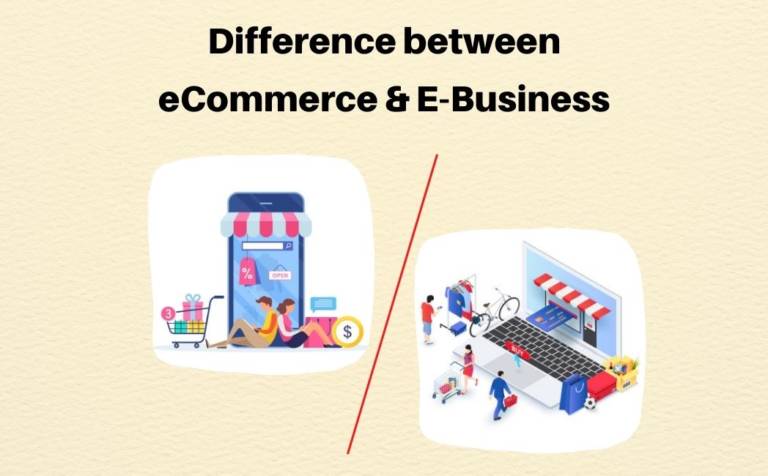Technical Business Analysis is a critical component of the product development process. It involves understanding and documenting the technical requirements of a new product or service, as well as assessing the feasibility and viability of the proposed solution. It also plays a key role in communicating and managing stakeholder expectations throughout the product development lifecycle.
Why is Technical Business Analysis important?
There are many reasons why technical business analysis is important in the product development process. Some of the key benefits include:
Reduced Risk:
It helps to identify and mitigate potential risks early in the product development process. This can save significant time and money down the road.
Improved Quality:
It ensures that the technical requirements of a product are well-defined and complete. This helps to ensure that the product meets the needs of users and meets or exceeds expectations.
Increased Efficiency:
It helps to streamline the product development process by identifying and eliminating unnecessary tasks. This can help to reduce the time it takes to bring a product to market.
Improved Communication:
It helps to facilitate communication between technical and non-technical stakeholders. This ensures that everyone involved in the product development process has a clear understanding of the project’s goals and objectives.
How does technical business analysis work?
The technical business analysis process typically involves the following steps:
Requirements Gathering:
The first step is to gather requirements from all stakeholders, including users, business analysts, and technical experts. This can be done through interviews, workshops, and surveys.
Requirements Analysis:
Once the requirements have been gathered, the technical business analyst will analyze them to identify any gaps or inconsistencies. The analyst will also work with stakeholders to prioritize the requirements and ensure that they are aligned with the business’s overall goals and objectives.
Requirements Documentation:
The technical business analyst will then document the requirements clearly and concisely. This document will be used by the technical team to design and develop the product.
Feasibility Assessment:
The technical business analyst will assess the feasibility and viability of the proposed solution. This includes evaluating the technical constraints, resources, and budget.
Risk Assessment:
The technical business analyst will also identify and assess potential risks associated with the project. This will help to develop a mitigation plan to reduce the impact of these risks.
Stakeholder Management:
The technical business analyst will communicate and manage stakeholder expectations throughout the product development lifecycle. This includes providing regular updates on the project’s progress and addressing any concerns that may arise.
How to implement technical business analysis in your product development process
There are a few key things you can do to implement technical business analysis in your product development process:
Define the role of the Technical Business Analyst:
It is important to clearly define the role and responsibilities of the technical business analyst. This will help to ensure that the analyst can effectively support the product development team.
Develop a Technical Business Analyst process:
A well-defined process will help to ensure that the requirements gathering, analysis, documentation, feasibility assessment, risk assessment, and stakeholder management activities are conducted systematically and efficiently.
Use the right tools and techniques:
There are several tools and techniques available to support the technical business analysis process. Consider using the right tools and techniques for your specific needs.
Train your team:
It is important to train your team on the basics of technical business analysis. This will help them to understand the process and how it can be used to improve the product development process.
Conclusion
Technical Business Analysis is a critical component of the product development process. It plays a key role in reducing risk, improving quality, increasing efficiency, and improving communication. By implementing technical business analysis in your product development process, you can help to ensure that your products meet the needs of users and exceed expectations.
If you are looking for help implementing Technical Business Analysis in your product development process, Hygrit can help. Our team of experienced Technical Business Analysts can help you identify and document your technical requirements, assess the feasibility and viability of your proposed solution, and communicate and manage stakeholder expectations throughout the product development lifecycle.




